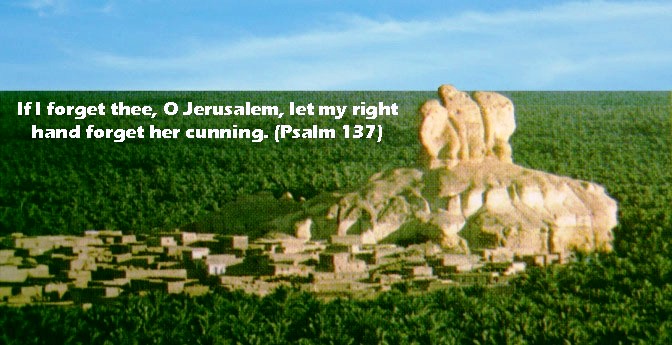
The Sinai Peninsula has provided a continuous land bridge connecting northeast Africa and Asia, and particularly Ancient Egypt with the Levant. [01]
Sinai is triangular in shape, with its northern shore lying on the southern Mediterranean Sea, and its southwest and southeast shores on the Gulf of Suez and the Gulf of Aqaba of the Red Sea. It is linked to the African continent by the Isthmus of Suez, 125 kilometres (78 mi) wide strip of land, containing the Suez Canal. The eastern isthmus, linking it to the Asian mainland, is around 200 kilometres (120 mi) wide. [02]

In medieval Egypt, the land passage to the Levant, was referred to as: “عقبة إيلة” or “عقبة إيليا”, (Aqabat Aylah) or (Aqabat Aelia). This Arabic word:“عقبة” can be transliterated as: (aqabat).
One denotation of “aqabat” is: “rough passage”.
Egypt’s biblical name

According to Rav Michael Hattin: “The biblical name for Egypt, is ‘Mitzrayim’, The root of this word is [mtzr] containing a stem [tzr] that connotes narrowness or constriction. By extension, a [mtzr] is, in Jewish legal texts, a boundary line or more generically the narrow strip that edges one’s fields.” [03]
In addition, “Old Testament Palestine formed a narrow land bridge between the continents of Asia and Africa. It lay mid-way along vital trade routes linking the rival civilizations of Egypt and Mesopotamia” [04]
“Aqabat” and “Mitzrayim” are “semantic equivalents”.
Semantic equivalents: are words in two different languages that have similar or practically identical meanings.
Negev Desert

The southern gate of the Levant is called: “negeb” (or Negev). The English name of this arid land is a transliteration of its Arabic name: “النقب”, (an-Naqab) or (an-Naqb).
According to the Israeli historian Moshe Sharon, the meaning of this Arabic name, (an-Naqab), is: “the [mountain] pass”. In fact, this Arabic word has a range of meanings, “mountain pass”, is just one of them, the others include: “twitten”, “alleyway”, and “a track through a stony land”.
It is not far-fetched to infer that the Greek exonym: “Αίγυπτος” (Aígypt-os) is a Hellenization of the endonym: “aqabat/عقبة”.
Aígyptos (Αίγυπτος) :
Greek [-os] is a suffix added to the stem, the original morpheme is: “Aígypt”.
The root of “Aígypt” is : [g-p-t].
Aqabat (عقبة):
The root of “aqabat” is: [q-b-t].
“Aqabat” is more likely to be a cognate of a common Semitic source-word (Akkadian, Aramaic or Hebrew) once used as a name for the land now known as ‘North Sinai and Southern Levant’.
[01] – Mumford, G., (2015) “The Sinai Peninsula and its Environs: Our Changing Perceptions of a Pivotal Land Bridge Between Egypt, the Levant, and Arabia”, Journal of Ancient Egyptian Interconnections 7(1), 1-24.
[02] – en.wikipedia.org/wiki/Sinai_Peninsula
[03] – etzion.org.il/en/tanakh/torah/sefer-shemot/parashat-shemot/shemot-pharaoh-god-king
[04] – thebiblejourney.org/biblejourney2/22-the-world-of-the-old-testament-journeys/palestine-a-land-bridge/

Leave a Reply